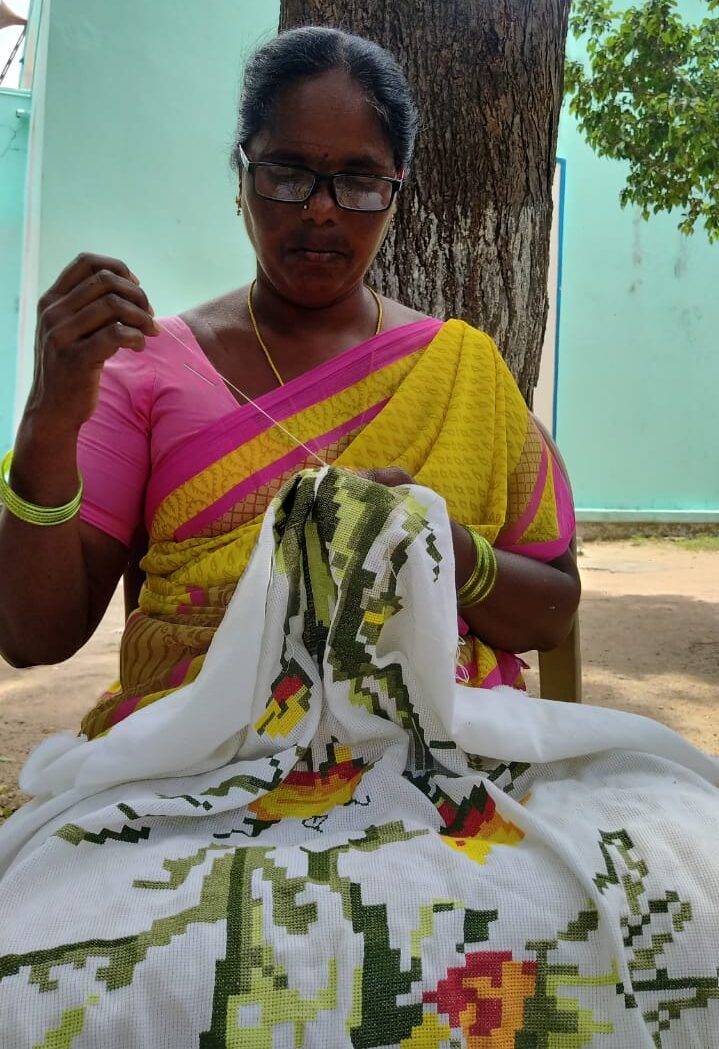
Ainu: We who love textiles know what it is to revere an exceptional piece of weaving or embroidery. But there is a community where this is literally practiced. And that is by the Ainu.
History of Ainu
The Ainu have lived on the island of Hokkaido for millennia, populating a culture distinct from the Japanese. Following a Hunter-gatherer lifestyle, they, like most communities that live off the land, revered all things natural. This reverence interestingly extended to tools and clothes, the minutiae of daily life. One fascinating aspect of their culture is the reverence of bears, which are seen as gods. The Ainu would often collect bear cubs and bring them up in their homes, exactly as they brought up children. Eventually, these bears were sacrificed in a ritualistic ceremony, with their flesh and fur highly valued as divine. (more…)
 History of Screen Printing
History of Screen Printing
Screen printing originated in the East in China during the Song Dynasty (960–1279 AD) to transfer designs onto fabrics.


